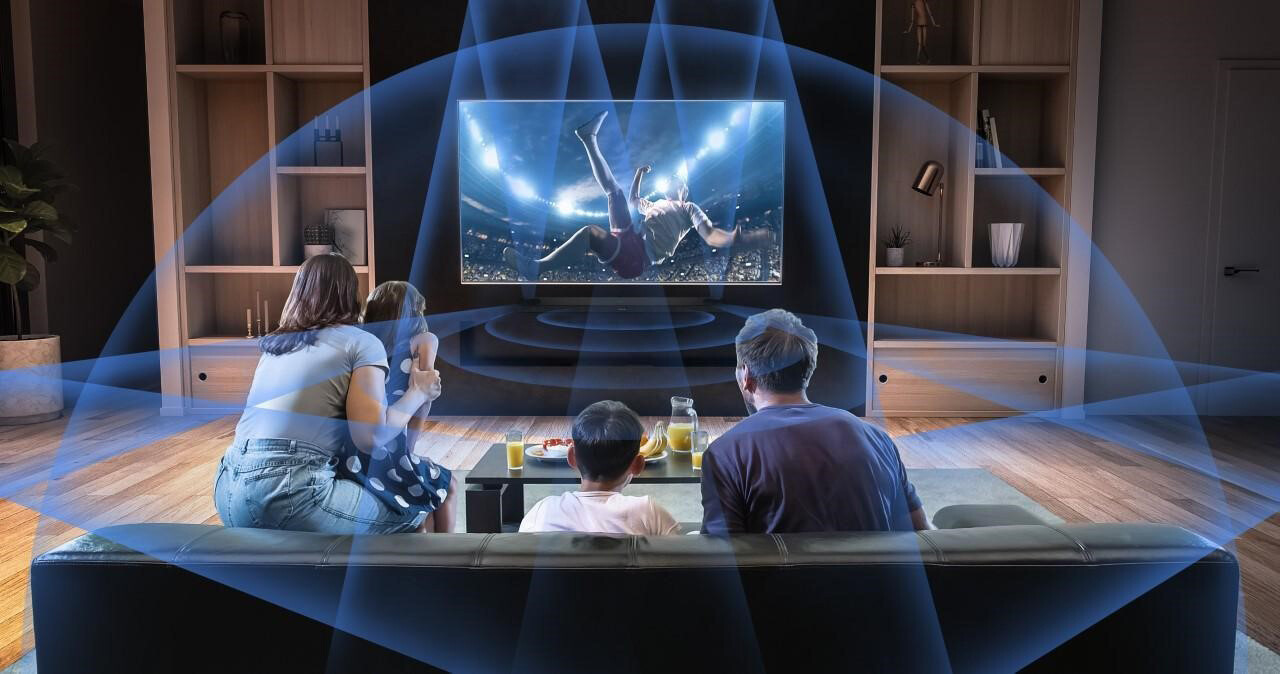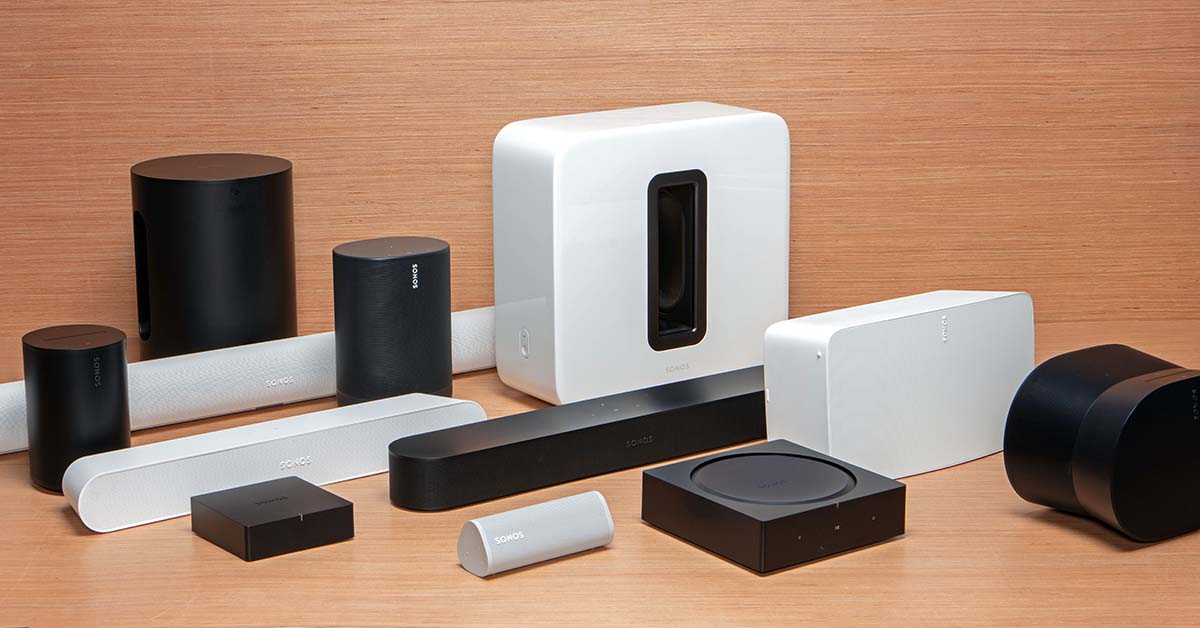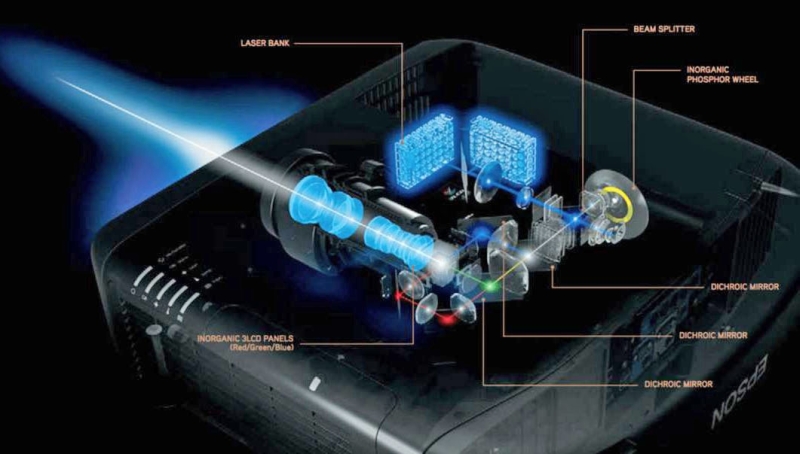Understanding Dolby Atmos in sound systems unlocks a new dimension of audio immersion that transcends conventional listening experiences. Imagine being surrounded by sound that moves with precision and depth, offering a level of realism that elevates your entertainment to unparalleled heights. As we delve into the intricate world of Dolby Atmos technology, we uncover the secrets behind transforming sound systems into portals of sensory delight.
The Rise of Dolby Atmos in Sound Systems
Evolution of Audio Technology
With the rapid advancements in audio technology, sound systems have evolved to offer a more immersive and captivating listening experience. Dolby Atmos has revolutionized the way we perceive sound in audiovisual content, providing a three-dimensional audio experience that enhances the realism of movies, music, and games.
Introduction to Dolby Atmos
Dolby Atmos is an object-based audio technology that enables sound engineers to position and move sounds in a three-dimensional space. Unlike traditional surround sound systems that are channel-based, Dolby Atmos creates a more realistic audio environment by allowing sound to move freely around the listener, from all directions.
Benefits of Dolby Atmos in Sound Systems
Immersive Experience: Dolby Atmos creates a more immersive audio experience, making you feel like you're part of the action.
Heightened Realism: The three-dimensional sound adds depth and realism to audio content, bringing it to life in new ways.
Precise Audio Positioning: With object-based audio, sound can be precisely located in a specific point in space, enhancing the overall listening experience.
Incorporating Dolby Atmos into your sound system setup can truly elevate your audiovisual experience to new heights.
For more information on the technical specifications and setup requirements for Dolby Atmos, you can refer to the official Dolby website.
How Dolby Atmos Works
Understanding Object-Based Audio
Dolby Atmos utilizes object-based audio technology to create a more realistic and immersive sound experience. In traditional surround sound setups, audio is distributed through channels, limiting the precision and flexibility of sound placement. With Dolby Atmos, sound designers can assign audio to specific objects within a scene, allowing for individual sound elements to move dynamically around the listener.
Speaker Setup for Dolby Atmos
To fully experience Dolby Atmos, it's essential to set up the correct speaker configuration. Dolby Atmos systems can include ceiling speakers, upwards-firing speakers, or Dolby Atmos-enabled speakers that bounce sound off the ceiling to create overhead audio effects. By having speakers positioned strategically around the room, the system can deliver a more accurate and enveloping sound field.
Immersive Sound Experience with Dolby Atmos
Height Effects: Dolby Atmos creates a sense of height in sound, making it feel like audio is coming from above, below, and all around you.
Sound Movement: Sound objects can move seamlessly across channels, providing a more dynamic and engaging listening experience.
Expanded Soundstage: Dolby Atmos expands the soundstage, allowing for a more detailed and nuanced audio presentation.
By understanding how Dolby Atmos works and optimizing your speaker setup, you can unlock the full potential of this groundbreaking audio technology.
For detailed information on speaker placement and calibration for Dolby Atmos systems, you can visit the official Dolby website.
Dolby Atmos vs. Traditional Surround Sound
Contrasting Dolby Atmos with Traditional Setups
Dolby Atmos differs from traditional surround sound systems by introducing a more dynamic and immersive audio experience. While traditional surround sound relies on channel-based audio distribution, Dolby Atmos uses object-based audio to create a highly detailed and realistic sound environment. This allows for a more precise placement of sounds in a three-dimensional space, enhancing the overall viewing and listening experience.
Differences in Sound Precision and Depth
One of the key advantages of Dolby Atmos is its ability to provide unparalleled sound precision and depth. Traditional surround sound systems may struggle to accurately position sounds in complex audio scenes, leading to a less immersive experience. In contrast, Dolby Atmos excels at creating a lifelike audio landscape with enhanced depth, making listeners feel like they are part of the action.
Enhancing Audio Quality with Dolby Atmos
Spatial Accuracy: Dolby Atmos offers enhanced spatial accuracy, ensuring that sounds are precisely located in a three-dimensional space.
Realism: The lifelike audio produced by Dolby Atmos adds a layer of realism to movies, music, and games, creating a more engaging entertainment experience.
Customizable Audio: With Dolby Atmos, users can customize the audio experience based on their preferences, fine-tuning the sound setup to suit their individual needs.
By understanding the differences between Dolby Atmos and traditional surround sound, users can make informed decisions when upgrading their sound systems for a truly immersive audio experience.
For a comprehensive comparison between Dolby Atmos and traditional surround sound, you can explore the latest insights on the Dolby Atmos official website.
Integrating Dolby Atmos into Your Home Theater
Compatible Devices and Systems
When considering integrating Dolby Atmos into your home theater setup, it's important to ensure compatibility with your existing devices and systems. Look for Dolby Atmos-enabled AV receivers, soundbars, and speakers that support the technology to fully experience the immersive audio capabilities. Check the specifications of your devices or consult with audiovisual experts to assess compatibility.
Setting Up Dolby Atmos at Home
Setting up Dolby Atmos in your home theater involves strategic placement of speakers to achieve the desired audio effects. Consider installing ceiling speakers for overhead sound or Dolby Atmos-enabled speakers that bounce audio off the ceiling. Follow manufacturer guidelines for speaker positioning and calibration to optimize the Dolby Atmos experience in your space.
Tips for Maximizing Dolby Atmos Experience
Room Acoustics: Ensure your room's acoustics are conducive to Dolby Atmos sound projection by minimizing sound reflections and optimizing speaker placements.
Calibration: Regularly calibrate your Dolby Atmos setup to maintain audio quality and ensure accurate sound positioning.
Content Selection: Choose Dolby Atmos-enabled content to fully appreciate the immersive audio experience and showcase the technology's capabilities.
By integrating Dolby Atmos into your home theater and following best practices for setup and optimization, you can transform your entertainment space into a truly immersive audiovisual haven.
For guidance on setting up Dolby Atmos in your home theater and optimizing the experience, refer to resources provided by leading audiovisual companies such as Sony.
Dolby Atmos in Professional Audio Systems
Dolby Atmos in Cinemas and Entertainment Venues
Dolby Atmos has made a significant impact in professional audio systems, especially in cinemas and entertainment venues. The technology allows for a truly immersive audio experience, enveloping audiences in a rich and dynamic sound environment. Cinemas equipped with Dolby Atmos deliver a heightened sense of realism and depth to movie soundtracks, enhancing the overall viewing experience for patrons.
Advantages of Dolby Atmos in Commercial Setups
Enhanced Audio Precision: Dolby Atmos offers unparalleled audio precision, ensuring that every sound is accurately placed within the listening space.
Elevated Immersion: In commercial settings such as theaters and concert halls, Dolby Atmos creates a more immersive and engaging experience for audiences.
Scalability: Dolby Atmos is scalable to various venue sizes, making it a flexible choice for a wide range of commercial audio setups.
The integration of Dolby Atmos in professional audio systems has transformed the way audiences engage with audiovisual content, setting a new standard for immersive entertainment experiences.
Future Trends in Professional Sound Systems
As the demand for immersive audio experiences continues to grow, the future of professional sound systems is closely aligned with technologies like Dolby Atmos. Industry experts predict a rise in the adoption of object-based audio formats in various applications, from live events to broadcast productions. The evolution of Dolby Atmos and similar technologies signals a promising future for the entertainment industry, with a focus on delivering unparalleled audio experiences to audiences worldwide.
To explore the latest advancements and applications of Dolby Atmos in professional audio systems, you can visit the official Dolby Professional website.
The Future of Sound Systems: Dolby Atmos Innovations
Latest Advancements in Dolby Atmos Technology
Dolby Atmos continues to push the boundaries of audio technology with ongoing innovations and enhancements. The latest advancements in Dolby Atmos technology focus on delivering even more immersive and realistic sound experiences to audiences. From improved spatial audio rendering to enhanced object-based audio capabilities, these advancements aim to set new standards for audio quality and immersion.
Potential Applications in Various Industries
The versatility of Dolby Atmos technology extends beyond traditional entertainment settings and into various industries. From gaming to virtual reality, Dolby Atmos offers a unique audio experience that enhances user engagement and immersion. Industries such as theme parks, museums, and live events are also exploring the integration of Dolby Atmos to create unforgettable audio experiences for their audiences.
Forecast for Dolby Atmos Integration in Audiovisual Experiences
Growing Adoption: The adoption of Dolby Atmos in audiovisual experiences is expected to continue growing across various platforms and devices.
Customization: Users can look forward to more customizable audio settings and personalized sound profiles to tailor their listening experiences.
Collaborations: Collaboration between content creators, equipment manufacturers, and streaming services will drive the integration of Dolby Atmos into a wide range of audiovisual content.
The future of sound systems is evolving with Dolby Atmos innovations, promising an exciting audio landscape that prioritizes immersive experiences and audio precision.
For insights into the future trends and developments in Dolby Atmos technology, stay updated on the latest news from industry leaders like Dolby Laboratories.
FAQ
How does Dolby Atmos differ from traditional surround sound systems?
Dolby Atmos utilizes object-based audio technology, allowing sound to move freely in a three-dimensional space, while traditional surround sound systems rely on channel-based audio distribution.
What speaker setup is required for Dolby Atmos?
To experience Dolby Atmos fully, consider installing ceiling speakers, upwards-firing speakers, or Dolby Atmos-enabled speakers that bounce sound off the ceiling to create overhead audio effects.
Can I integrate Dolby Atmos into my existing home theater setup?
Yes, you can integrate Dolby Atmos into your existing home theater setup by ensuring compatibility with Dolby Atmos-enabled AV receivers, soundbars, and speakers, and strategically placing the speakers for optimal sound projection.
What content is available in Dolby Atmos format?
A wide range of movies, TV shows, music, and games are available in Dolby Atmos format, providing users with an immersive audio experience across various entertainment platforms.
Are there specific calibration requirements for Dolby Atmos systems?
Regular calibration of your Dolby Atmos system is recommended to maintain audio quality, ensure accurate sound positioning, and optimize the overall listening experience in your home theater.




